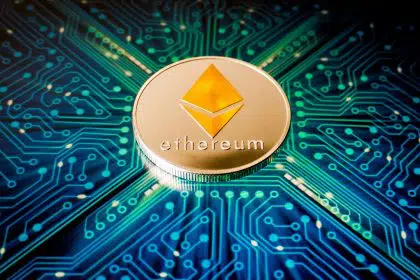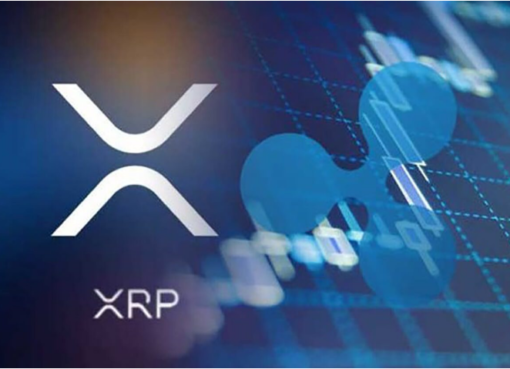Token burning is gradually becoming a vital phenomenon in the digital currency ecosystem, and it is set to place the Ethereum coin as a deflationary asset.
The much-awaited Ethereum Improvement Protocol (EIP) 1559 upgrade has just gone live, ending months of anticipation for its arrival amongst the network users and investors. But now that the upgrade has gone live, the question of its significance needs to be reiterated, as it marks a new era that may end the fundamental challenge of the Ethereum blockchain. Congestion which stirs high gas fees!
EIP 1559 Upgrade: Here are the Major Changes Introduced
The Ethereum blockchain came in as the very first open-source network that provided a structural background for smart contracts and dapps to be built. The innovation, though markedly different from the model designed in the Bitcoin blockchain by Satoshi Nakamoto, it was quickly recognized for its uniqueness and it was embraced.
Since its launch back in 2015, the Ethereum blockchain has become a home to many protocols. With growing innovation in the digital currency space, new platforms including decentralized exchanges (DEXs), lending protocols and more are now thriving on the blockchain. Ethereum also introduced the concept of decentralized finance (DeFi), a revolutionary shift in financial offerings that has garnered interest amongst a wide range of crypto enthusiasts.
The implication of the implosion of protocols on the Ethereum blockchain was the unavoidable transaction congestion on the network. With the limited number of transactions that can be processed per second, more fundamental issues arose, one of which is high network or gas fees.
Prior to the launch of the EIP 1559 upgrade, users woo miners to validate their transactions on the blockchain by engaging in transaction fee bidding. Naturally, miners are bound to verify and register transactions with higher fees, forcing other network users to pay higher to process their transactions. This becomes quite burdensome in periods where the network has a high rate of activity.
The advent of the EIP 1559 upgrade will change this gas bidding or war. Rather than users proposing how much to pay, the network sets a base fee which is often visible in advance. This does not only breed transparency in the entire network, it is also bound to make the Ethereum blockchain, and the protocols built on it more usable.
While the new upgrade, also known as the London Hardfork is all in the favor of users, miners may feel a bit cheated out. The fees paid by users no longer go to them, rather, the new protocol will make it optionally for users to tip the miners to prioritize their transactions. This provision was made as miners cannot completely go home with anything for maintaining the network.
The Impact on Price: Investor’s Take Home
The base fee that will be paid by users transacting on the network will burnt, or simply taken out of circulation. Token burning is gradually becoming a vital phenomenon in the digital currency ecosystem, and it is set to place the Ethereum coin as a deflationary asset.
This is billed to reduce the supply of Ether in circulation, a situation that will make the coins in circulation more valuable. The impact is already being felt in the price of Ethereum which is currently trading at $2,619.88, up 4.69% in the past 24 hours according to CoinMarketCap. The potential positive outlook of the coin will stir investors to stack up on the coin.
The EIP 1559 upgrade is also going to be a precursor for the ultimate migration from the current Proof-of-Work (PoW) model the blockchain operates in the Proof-of-Stake (PoS) network dubbed Ethereum 2.0. As much as 6,546,210 ETH has been locked in the Ethereum 2.0 smart contracts thus far.
This showcases the growing trust in the longer-time potentials of the blockchain. Investors may capitalize on this to stack up, and drive the price of ETH to new highs in the mid to long term.
Benjamin Godfrey is a blockchain enthusiast and journalists who relish writing about the real life applications of blockchain technology and innovations to drive general acceptance and worldwide integration of the emerging technology. His desires to educate people about cryptocurrencies inspires his contributions to renowned blockchain based media and sites. Benjamin Godfrey is a lover of sports and agriculture.




